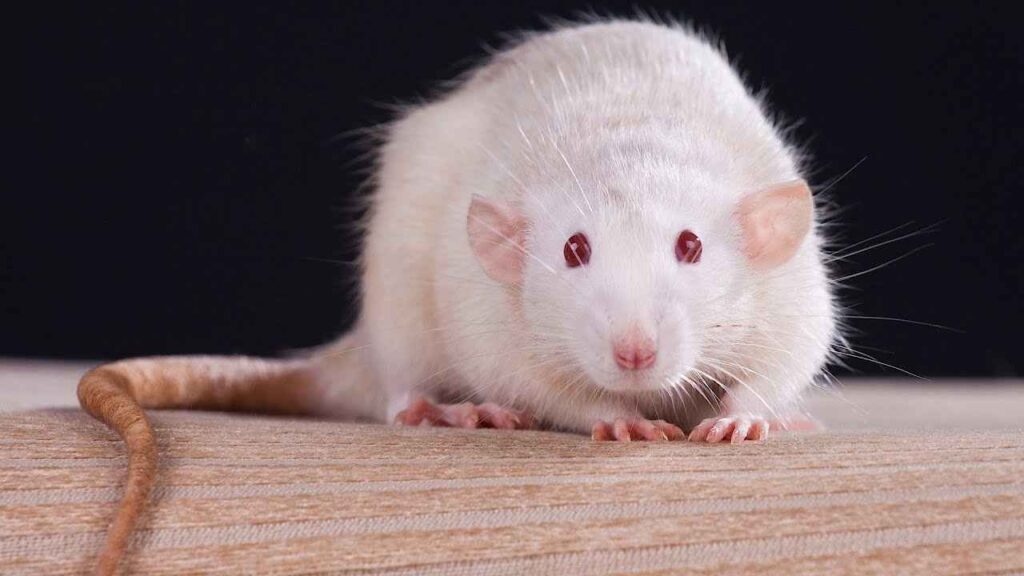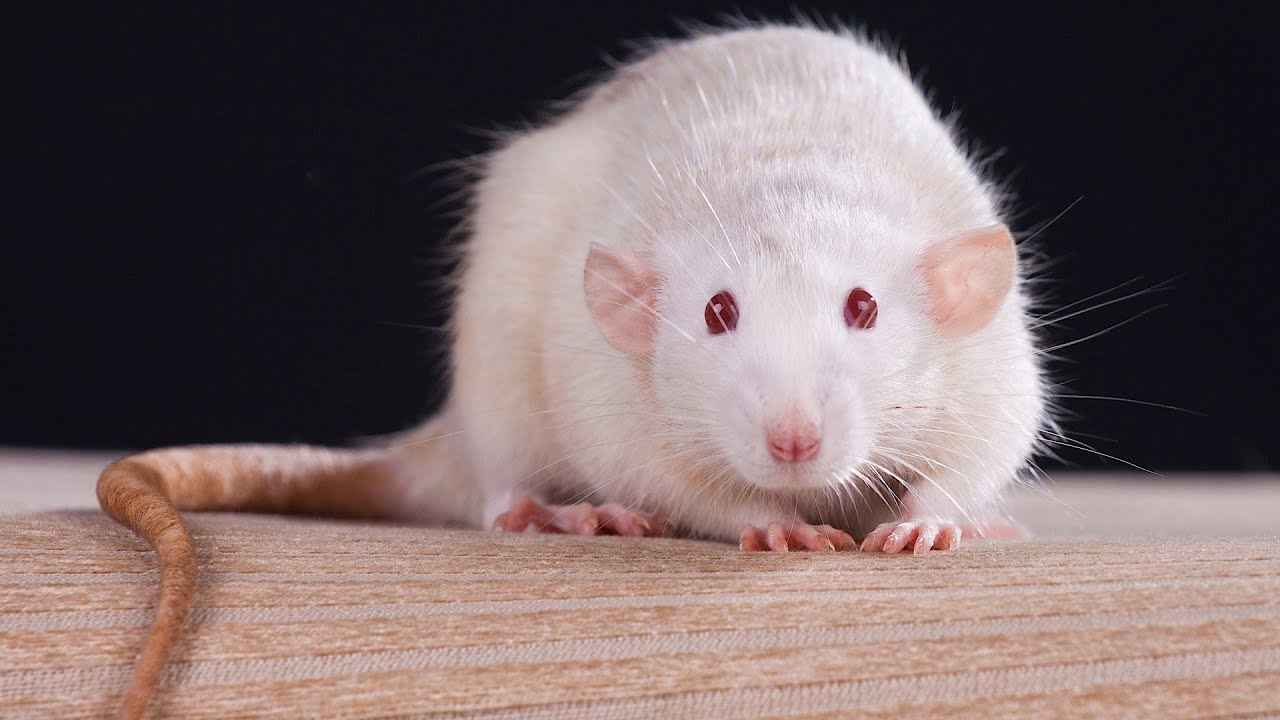Naturally, red-eyed rats are not blind. However, they do have a harder time seeing than black-eyed or ruby rats.
Can Rats with Red Eyes See
Pink and red eyes in rats are evidently signs of genetic mutation that causes a rodent’s eyes to have no pigment. Eyes lacking pigment become RED. What you are seeing is the blood vessels in the eye with no pigments blocking it.
I have owned pet rats with unique eye colors including red and pink eyed rats.
I discovered that a rat’s eye color has no effect whatsoever on their personality or temperament. While red or pink eyes can make rats have a lower vision and lack of depth perception this isn’t always the case. A lot of red eyes will sway from side to side to better measure their depth perception.
This is something captive variety of rodents exhibits. Captive varieties include topaz, pink eyed whites, albino and red-eye.
ALSO SEE: How Long Can Rats Survive without Water?
Genetically, The color is borne as a result of two dilutes. Pink eyed and red eyed. Both alleles are recessive. They are also linked to coat color as the genes that control pigment of fur also controls pigment elsewhere on the body.
You will hardly see a red eyed rat in nature unless they are an Albino which is one of the more common genetic deformity to see in nature.
Compared to say. A variety called “marten”. Which is a fairly new variety and is one of the few with a dark coat colour and red eyes. These guys are nicknamed “red devils”

Are Red Eyed Rats Dangerous?
No! They’re not. Their eye color is just varied. It’s just like the difference between brown and blue eyes.
ALSO SEE: Can Rats Hop?
While it is almost impossible to see there outside of pet population, you might see red or pink eyed rats in the wild – most times as albinos (they have a genetic mutation that prevents them from producing pigment properly, so their fur is white and their eyes are pink/red because of the blood vessels of the retina reflecting the light back which is typically hidden by the pigmented cornea (the green or blue or brown part in your own eye).
So, can rats with red eyes see well? They can see but not as much as brown or black-eyed rats.





Leave a Reply
You must be logged in to post a comment.